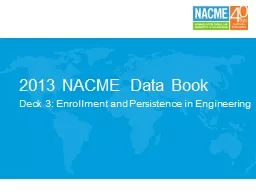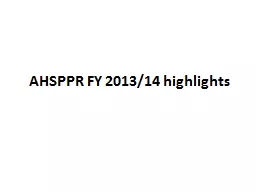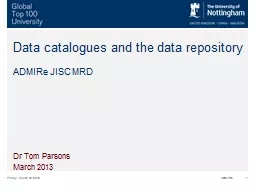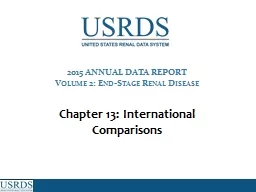PPT-2013 NACME Data Book
Author : trish-goza | Published Date : 2016-03-21
Deck 3 Enrollment and Persistence in Engineering OverviewPurpose The slides in this deck provide data on college enrollment and persistence patterns and specifically
Presentation Embed Code
Download Presentation
Download Presentation The PPT/PDF document "2013 NACME Data Book" is the property of its rightful owner. Permission is granted to download and print the materials on this website for personal, non-commercial use only, and to display it on your personal computer provided you do not modify the materials and that you retain all copyright notices contained in the materials. By downloading content from our website, you accept the terms of this agreement.
2013 NACME Data Book: Transcript
Download Rules Of Document
"2013 NACME Data Book"The content belongs to its owner. You may download and print it for personal use, without modification, and keep all copyright notices. By downloading, you agree to these terms.
Related Documents











![[EBOOK] - The Ultimate Scholarship Book 2013: Billions of Dollars in Scholarships, Grants](https://thumbs.docslides.com/906635/ebook-the-ultimate-scholarship-book-2013-billions-of-dollars-in-scholarships-grants-and-prizes-ultimate-scholarship-book-bil.jpg)
![[EBOOK] - Club Car / Kawasaki 4-Stroke Air-Cooled Engines 1984 - 2013: KF82 - FE290 -](https://thumbs.docslides.com/906758/ebook-club-car-kawasaki-4-stroke-air-cooled-engines-1984-2013-kf82-fe290-fe350-fe400-including-1997-2013-gas-trans-61c1b297aff7b.jpg)
